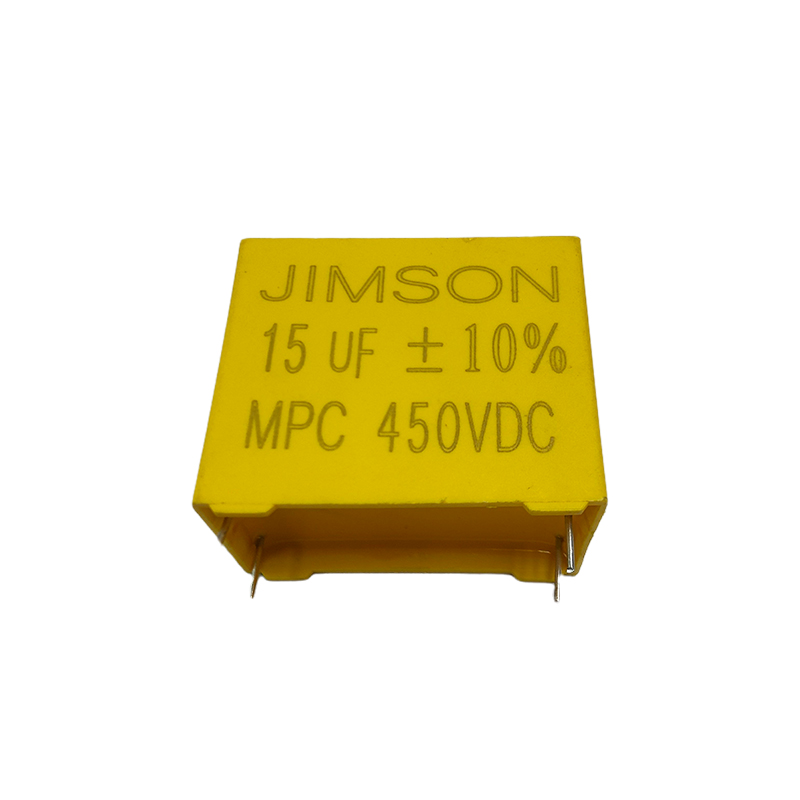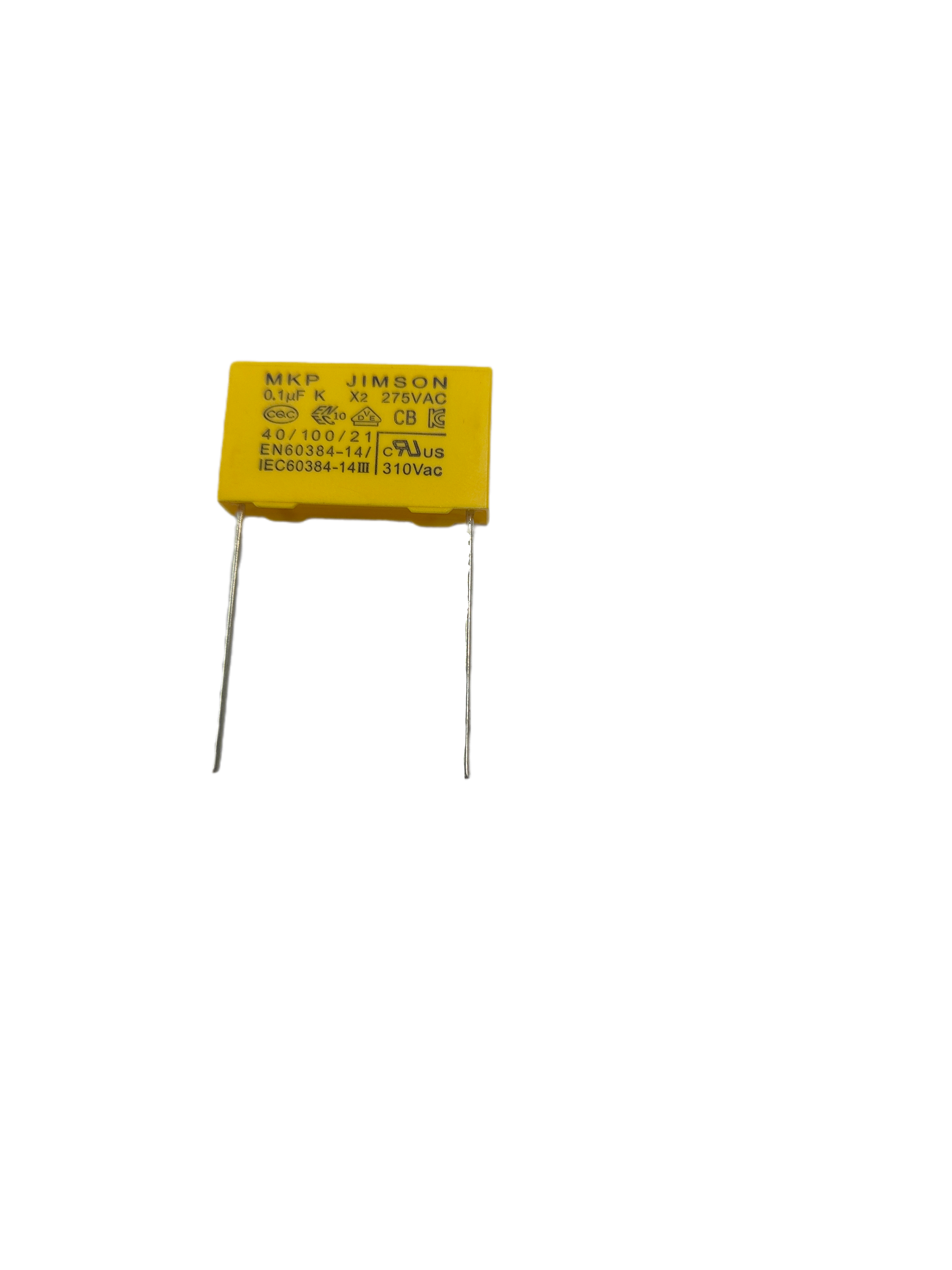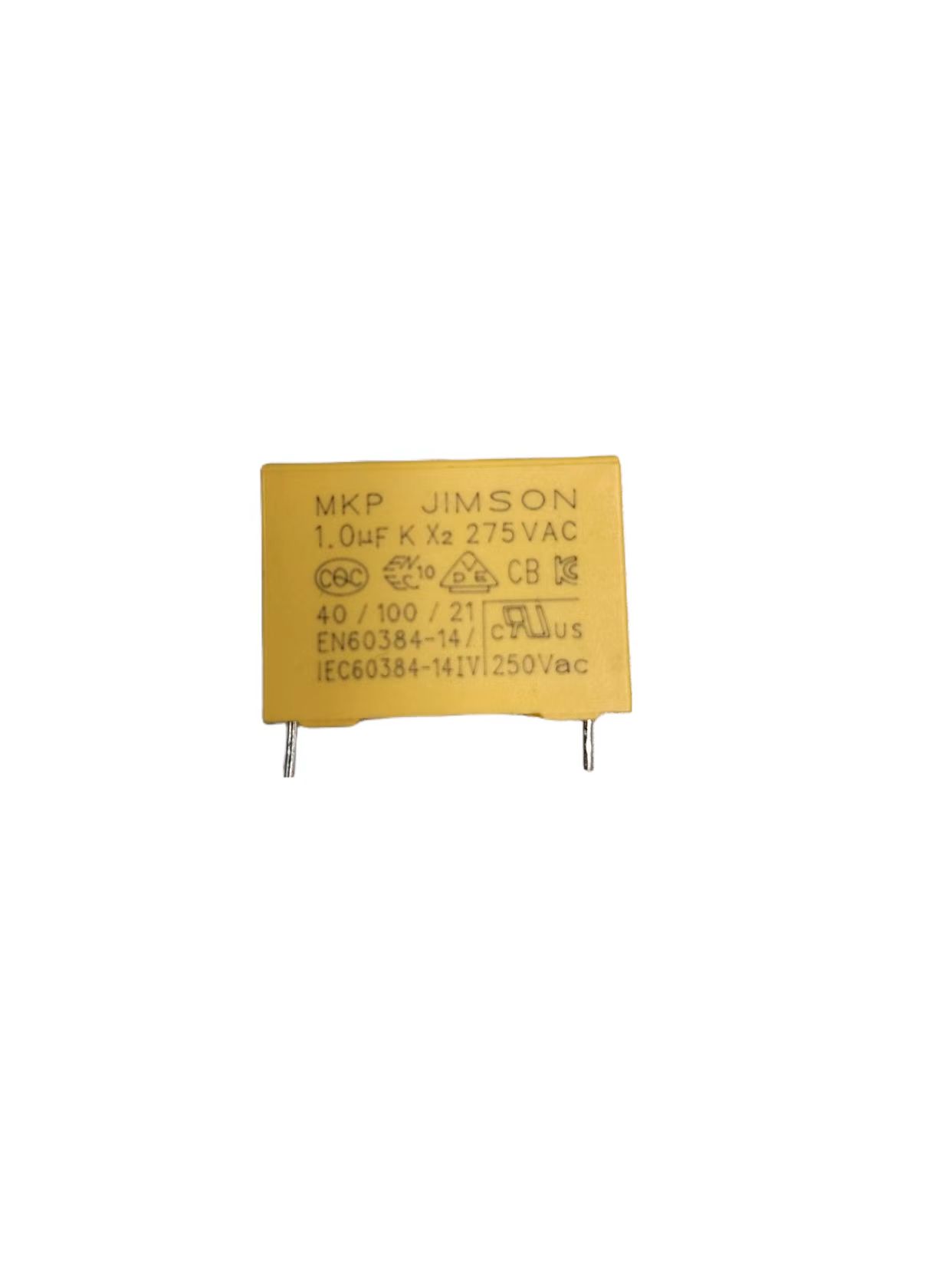In an age where our dependence on electrical energy continues to grow, the need for efficient and reliable energy storage solutions has become paramount. Stacked film capacitors, an innovative class of energy storage devices, are emerging as a game-changer in this landscape. Their remarkable capabilities, including high energy density, rapid charge/discharge rates, and long cycle life, position them at the forefront of the energy storage revolution. In this article, we will explore the exciting world of stacked film capacitors, their underlying technology, and the myriad ways they are shaping the future of energy storage.
The Evolution of Energy Storage
Energy storage has come a long way from its humble beginnings. Early storage solutions, such as lead-acid batteries, offered limited capacity and were plagued by issues of weight, size, and maintenance. As our energy needs expanded, so did the demand for more efficient and scalable energy storage technologies.
The advent of lithium-ion batteries marked a significant milestone in the evolution of energy storage. These batteries, characterized by their high energy density and rechargeability, have become the standard choice for portable electronics, electric vehicles, and renewable energy systems. However, they are not without their limitations.
Lithium-ion batteries have issues related to safety, limited charge/discharge rates, and finite cycle life. Moreover, their production relies on rare materials, raising concerns about resource availability and environmental sustainability.
Enter stacked film capacitors—a promising alternative to traditional energy storage solutions.
Understanding Stacked Film Capacitors
Stacked film capacitors, also known as multi-layer capacitors (MLCs) or stacked ceramic capacitors, represent a new frontier in energy storage technology. These capacitors are constructed by layering thin films of dielectric material and electrodes, creating a compact and efficient energy storage unit.
Dielectric Materials
The choice of dielectric material is crucial in stacked film capacitors. Common dielectric materials include ceramic, polymer, and tantalum. Each material offers distinct advantages:
- Ceramic: Known for its high dielectric constant and stability, ceramic dielectrics provide excellent energy density.
- Polymer: Polymer dielectrics offer high breakdown strength and are suitable for applications where reliability is paramount.
- Tantalum: Tantalum capacitors are renowned for their high capacitance values and low leakage currents.
Stacking Technology
The “stacking” in stacked film capacitors refers to the layering of multiple dielectric and electrode films to increase capacitance. This stacking process allows for a significant increase in energy storage capacity without a proportional increase in physical size.
Electrode Materials
The choice of electrode materials, such as nickel, aluminum, or tantalum, impacts the performance of film capacitors. The selection is often based on the desired capacitance, voltage rating, and application requirements.
Advantages of Stacked Film Capacitors
Film capacitors offer several compelling advantages that make them a frontrunner in the future of energy storage:
- High Energy Density: Stacked film capacitors boast impressive energy density, allowing them to store more energy in a smaller space compared to traditional batteries.
- Fast Charge/Discharge Rates: These capacitors can rapidly charge and discharge, making them ideal for applications requiring quick bursts of power, such as electric vehicles and pulse power systems.
- Long Cycle Life: Film capacitors exhibit an extended cycle life, with minimal degradation over time, reducing the need for frequent replacements.
- High Efficiency: Their low internal resistance results in high efficiency during energy transfer, minimizing energy loss and heat generation.
- Reliability: Film capacitors are known for their robustness and resistance to environmental factors, ensuring reliable performance in various conditions.

Applications of Stacked Film Capacitors
The versatility and performance of film capacitors open up a wide range of applications across industries:
1. Electric Vehicles (EVs)
Film capacitors are well-suited for EVs, where rapid acceleration and regenerative braking demand high-power density. These capacitors can provide the burst of energy needed for quick acceleration while efficiently capturing and storing energy during braking.
2. Renewable Energy
In renewable energy systems, such as wind and solar installations, stacked film capacitors play a crucial role in stabilizing the grid by smoothing out fluctuations in power generation. Their rapid response and long cycle life make them ideal for energy storage in these applications.
3. Aerospace and Defense
Stacked film capacitors find use in aerospace and defense applications, including radar systems, communication equipment, and missile guidance systems. Their ability to deliver high-power bursts and withstand extreme conditions is invaluable in these scenarios.
4. Medical Devices
In medical devices like defibrillators and pacemakers, stacked film capacitors provide the energy required for life-saving interventions. Their reliability and rapid discharge capabilities are vital in critical medical applications.
5. Industrial Automation
In industrial automation, where precise control and fast response times are essential, film capacitors contribute to the efficiency and reliability of processes. They are used in motor drives, robotics, and power quality improvement.
The Future of Energy Storage
As the world transitions toward cleaner and more sustainable energy sources, the demand for advanced energy storage solutions will continue to grow. Stacked film capacitors are poised to play a pivotal role in shaping this future. Their ability to provide high-power bursts, coupled with rapid charge/discharge rates and exceptional longevity, positions them as a compelling alternative to conventional energy storage technologies.
Challenges and Future Developments
While film capacitors hold great promise, they are not without challenges. Some of these challenges include:
- Voltage Ratings: Increasing the voltage rating of film capacitors to match the requirements of high-voltage applications remains an area of ongoing research and development.
- Cost: Achieving cost parity with existing energy storage technologies, such as lithium-ion batteries, is a crucial factor in their widespread adoption.
- Standardization: Establishing industry standards for stacked film capacitors will promote consistency and interoperability across applications.
Future developments in stacked film capacitor technology will likely focus on addressing these challenges while further improving energy density, efficiency, and environmental sustainability.
Conclusion
Stacked film capacitors represent a remarkable advancement in energy storage technology. Their ability to provide high energy density, rapid charge/discharge rates, and long cycle life positions them as a formidable contender in the future of energy storage. From electric vehicles to renewable energy systems and critical medical devices, the versatility and reliability of film capacitors are driving innovation across industries. As research and development efforts continue to push the boundaries of this technology, we can anticipate a future where stacked film capacitors play a pivotal role in powering our world sustainably and efficiently.
Related Products





